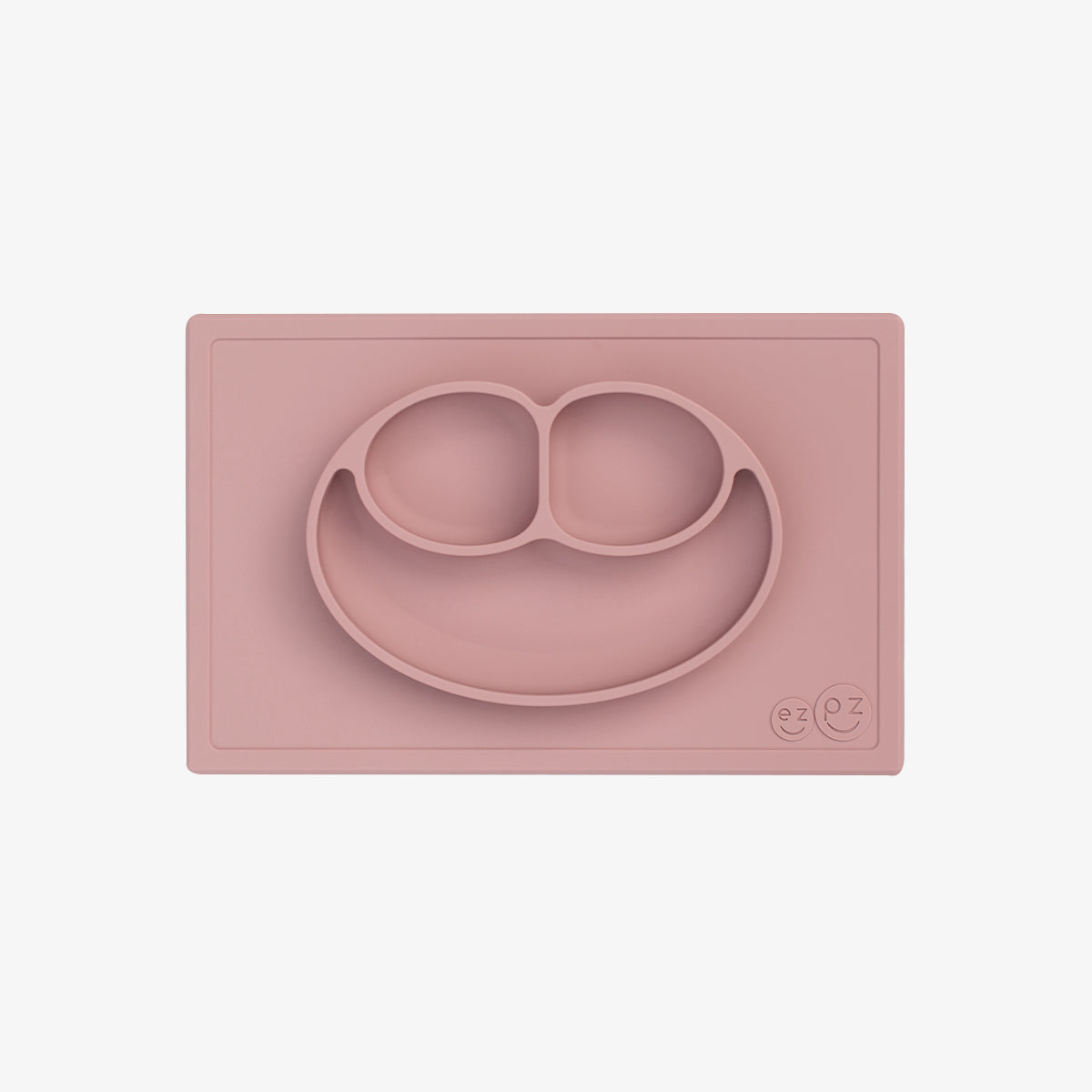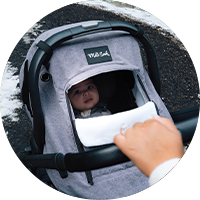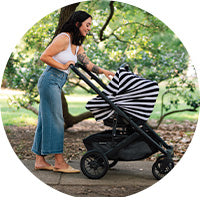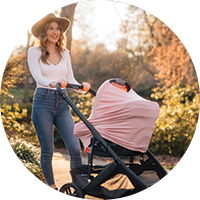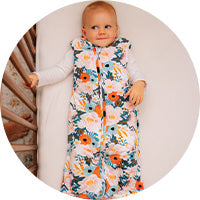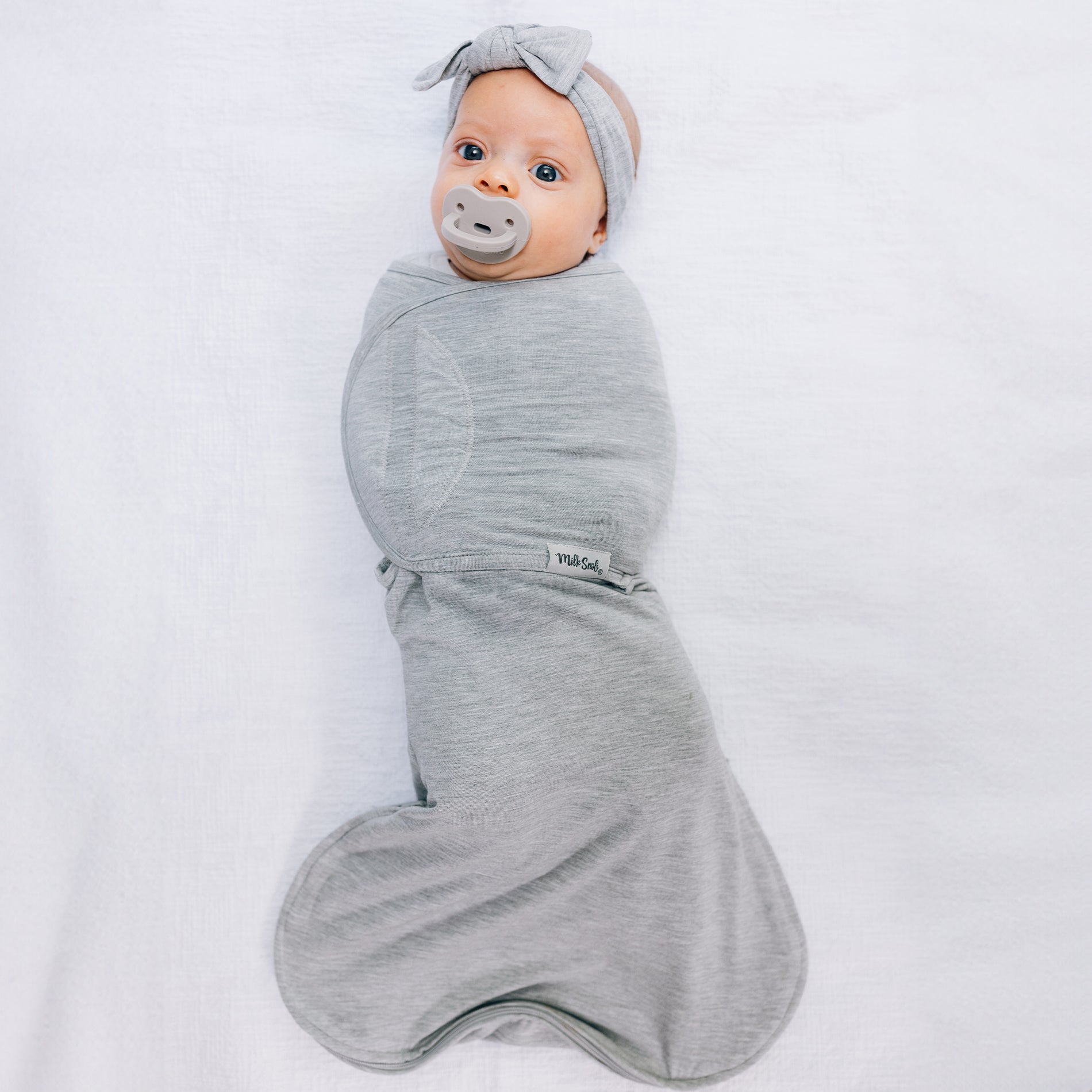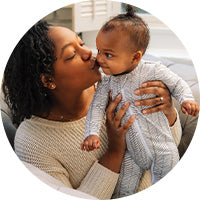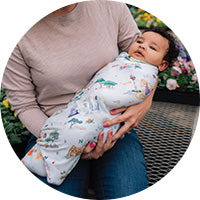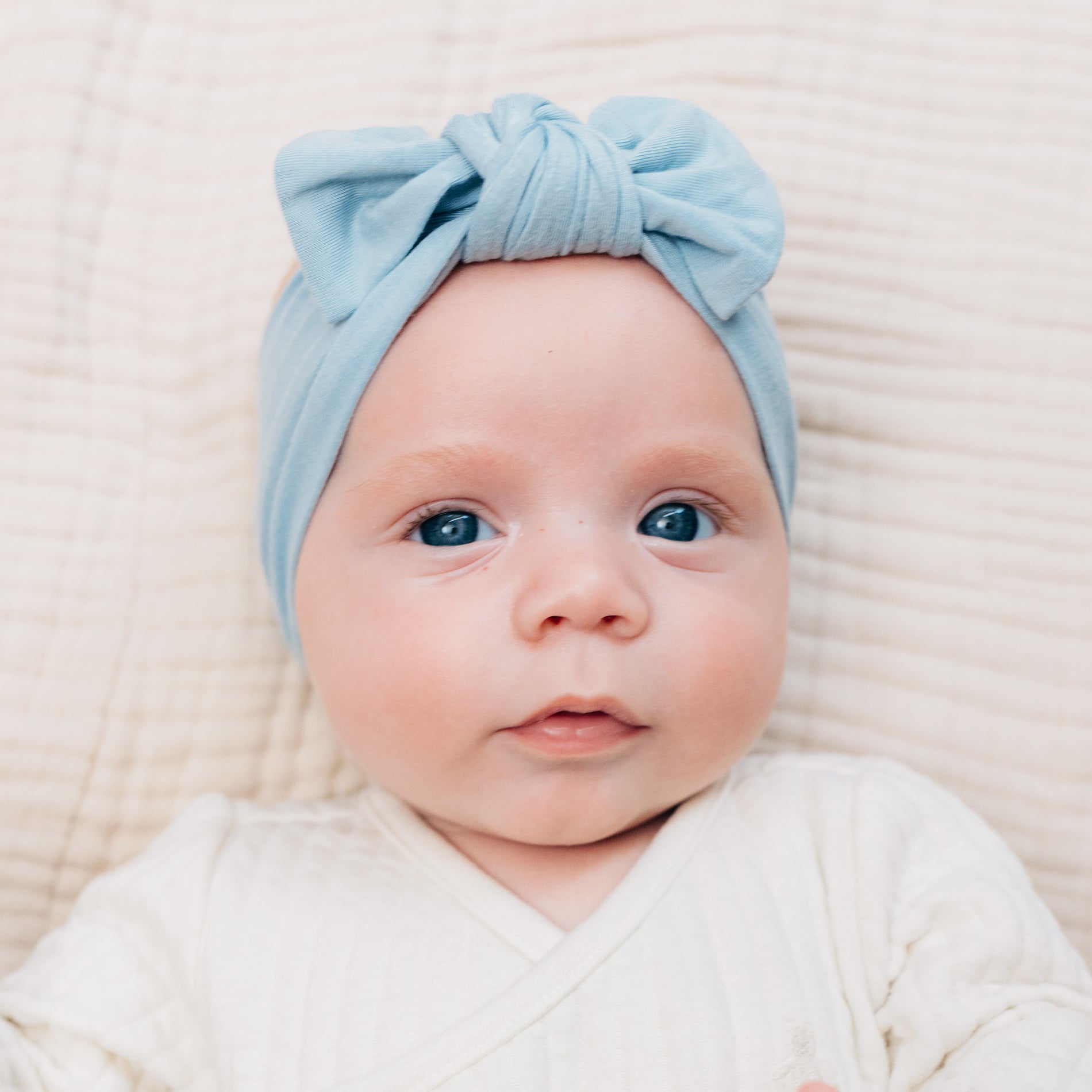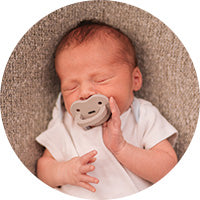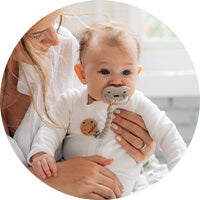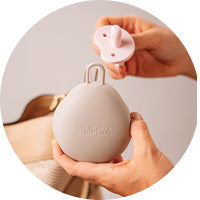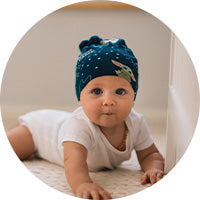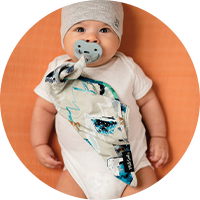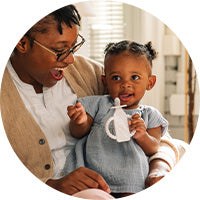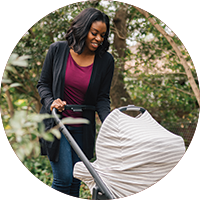Understanding Pacifier Use in Infants: Expert Insights on Developmental Impacts and Best Practices for Parents
Pacifiers can be a valuable soothing tool for babies, often recommended by pediatricians to help infants relax, sleep, and even reduce their risk of sudden infant death syndrome (SIDS). However, while pacifiers are beneficial in many ways, parents should also understand the developmental impacts, proper usage, and best practices to make the most of their use. Here’s a comprehensive guide for parents on pacifier use, addressing the benefits, potential concerns, and how to effectively introduce and phase out pacifiers
1. The Benefits of Pacifier Use for Infants

Soothing and Comfort: Infant Pacifiers help soothe infants by satisfying their natural sucking reflex, offering a source of comfort when they’re upset, restless, or adjusting to new surroundings. The act of sucking can have a calming effect, helping to relieve fussiness and promote better sleep patterns.
Sleep and SIDS Prevention: Studies have shown that pacifier use at naptime and bedtime may reduce the risk of sudden infant death syndrome (SIDS). Experts believe the pacifier could help keep the airway open and assist babies in sleeping in safer positions.
Pain Management: The calming effect of pacifiers is useful in situations that might cause stress or discomfort for babies, such as during immunizations, blood tests, or other medical procedures.
2. Potential Developmental Concerns with Pacifiers

While pacifiers offer comfort and health benefits, prolonged or improper use can raise concerns for dental and speech development:
Dental Health: Long-term pacifier use, especially beyond age two, may impact the alignment of an infant’s teeth, potentially causing issues like open bites, overbites, or crossbites. Dentists recommend limiting pacifier use to reduce these risks, particularly as babies’ teeth start to emerge.
Speech Development: Extended pacifier use can delay speech milestones. This is especially true if babies rely on pacifiers during waking hours, which may reduce opportunities for vocalization and babbling, essential for early language development.
Ear Infections: Research suggests that prolonged pacifier use might be linked to a higher risk of middle ear infections in young children, likely due to increased fluid buildup caused by the sucking motion.
3. Best Practices for Safe and Beneficial Pacifier Use
To help infants gain the benefits of pacifiers without the downsides, here are some best practices recommended by pediatricians and child development experts:
Introduce Pacifiers Responsibly: If breastfeeding, consider introducing a pacifier after breastfeeding routines are well-established (usually around 3 to 4 weeks). This helps to prevent any interference with latching and milk supply.
Limit Use During Awake Hours: Encourage babies to explore and express themselves vocally during awake and active hours. Reserving pacifiers for naps, bedtime, or when they’re especially fussy can prevent them from becoming overly dependent on it.
Keep Pacifiers Clean and Safe: Regularly sanitize pacifiers by boiling them or washing them in a dishwasher. Always inspect pacifiers for signs of wear and replace them immediately if they show any cracks or tears, which can pose a choking hazard.
Avoid Dipping in Sweeteners: Never dip pacifiers in sweet substances, like honey or sugar, as this can increase the risk of tooth decay and introduce harmful bacteria.
4. Tips for Weaning Off the Pacifier
While pacifiers can provide great comfort during infancy, most pediatricians recommend weaning children off them between ages 1 and 2 to avoid the aforementioned developmental risks. Here are some strategies to help ease the transition:
Gradual Reduction: Start by gradually reducing pacifier use during the day, saving it for naps and bedtime only. Over time, work towards removing it from the bedtime routine as well.
Introduce Alternative Comfort Items: Introducing a lovey or security blanket can help ease the transition away from the pacifier. Soft toys or blankets can provide similar comfort without developmental concerns.
Provide Positive Reinforcement: Praise and encourage your child for being “big” when they go without a pacifier. Use a reward system, like stickers or small treats, to encourage them as they adapt.
Replace with a Bedtime Routine: Establish a consistent bedtime routine that incorporates relaxing activities like reading a story or playing soft music, helping soothe your baby without the pacifier.
5. FAQs: Addressing Common Questions from Parents
Q: How many pacifiers should I have?
Having a few pacifiers on hand is a good idea, especially if they’re regularly used for sleep or calming. This way, you’ll have backups if one is lost or needs cleaning.
Q: What age is best for weaning off a pacifier?
Weaning is usually recommended by age 2. However, each child is unique, so some parents find gradual weaning works better between ages 1 and 2.
Q: Can pacifiers help with teething?
Pacifiers can provide comfort during teething, but many babies also enjoy chewing on teething rings or soft toys, which may be a better option for older infants.
"Will my baby become too dependent on the pacifier?"
Pacifier dependence can be managed with moderation. By using it sparingly and avoiding overuse, you can help your baby enjoy the benefits without creating a dependency.
"Can pacifiers affect breastfeeding?"
Introducing a pacifier after breastfeeding is established (around 3-4 weeks) minimizes interference. Once feeding is on track, many babies use pacifiers and breastfeed without issues.
"How should I choose the right pacifier?"
Look for orthodontic pacifiers designed to support natural palate and jaw development. Choose sizes suited to your baby’s age, and avoid pacifiers with small or breakable parts.
Final Thoughts on Pacifier Use
Pacifiers for newborns can be a fantastic tool to soothe, comfort, and even support infant health. However, like any tool, they’re most effective when used in moderation and with an understanding of their impacts. By following these best practices and staying mindful of potential developmental concerns, you can give your baby the benefits of a pacifier while supporting their overall development and well-being.
Remember, every baby is different, so find what works best for your family. Consult your pediatrician for personalized advice, and feel confident in your approach to pacifier use.






